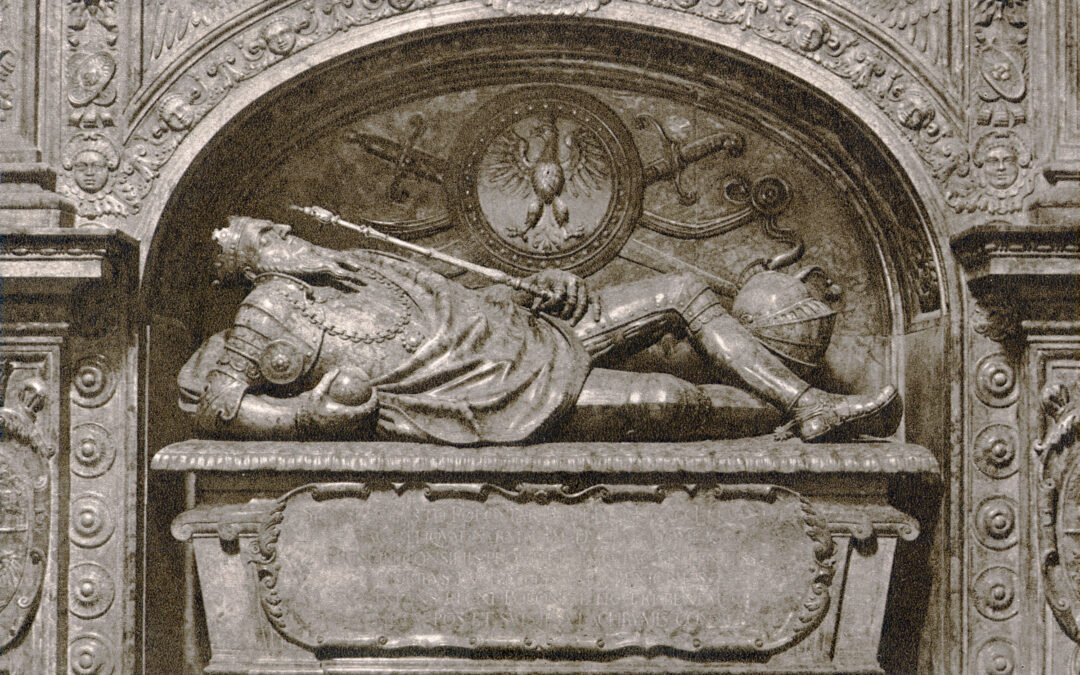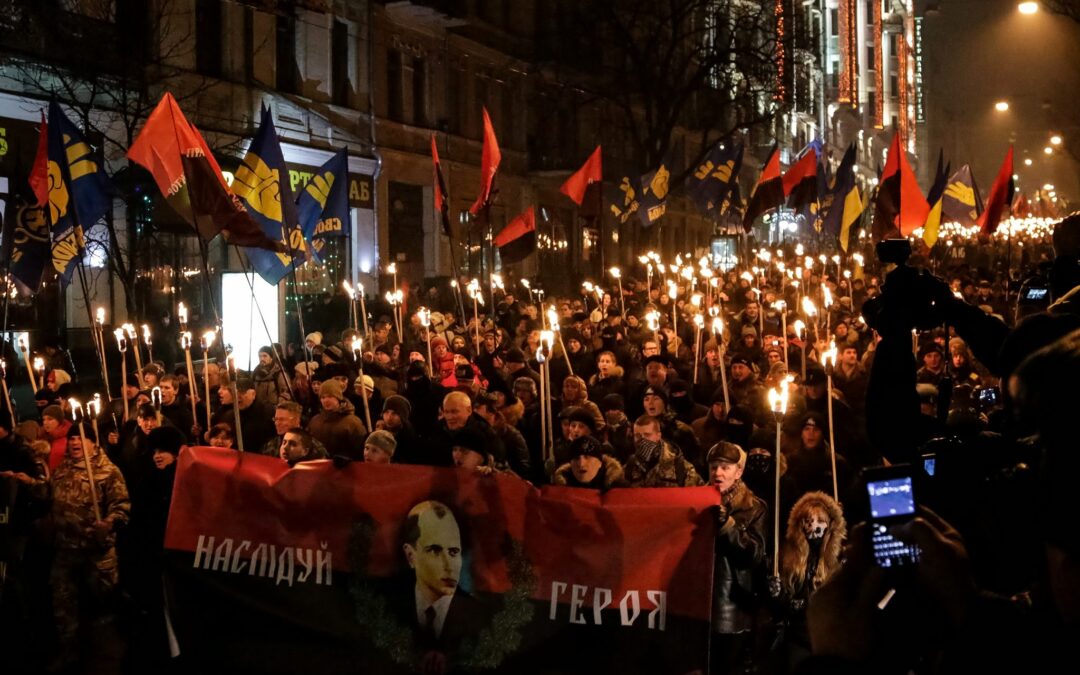Hungary has announced that it will return a childhood suit of armour that belonged to 16th century Polish king Sigismund II Augustus. The item had mistakenly ended up in Budapest’s National Museum due to an 18th century bureaucratic error.
Once back in Poland, the elaborate object – featuring a distinctive design of gilded leaves, arranged in a cross-shaped pattern – will be the only fully preserved suit of armour in Poland belonging to a Polish king.
Poland’s prime minister, Mateusz Morawiecki, called the news “another examples of our excellent relations and cooperation with Hungary”, as well as a “personal favour of [Hungary’s] Prime Minister Viktor Orbán”. The two countries’ populist governments are close allies.
The 150cm-tall suit of armour was made in Innsbruck and given as a wedding gift to the 13-year-old future king in 1533 by his father-in-law-to-be, Ferdinand I, Archduke of Austria. Sigismund Augustus took the throne as ruler of the Polish-Lithuanian Commonwealth 15 years later.
However, in the 18th century, during the reign of Habsburg Empress Maria Theresa, a bureaucratic error by the Viennese treasury meant that the item was mistakenly attributed to Louis II of Hungary, another 16th century monarch. Louis II had received a similar suit of armour, also made in Innsbruck.
The item was subsequently listed as “Hungarian intellectual property” under the provisions of the treaties of Trianon and Saint-Germain-en-Laye that followed the First World War. As a result, it was transferred to Budapest, where it was included in the collections of the National Museum.
The mistake was discovered in 1939 by an Austrian researcher, who established that the armour had belonged to Sigismund II. In the 1970s, additional evidence was discovered linking the armour to the Polish king, including the monogram “SE” on the breastplate, which stood for Sigismund and Elizabeth, the name of his wife, reports Onet.
Earlier this week, the government in Budapest decided to finally return the armour to Poland, on the basis of a 1992 decree promoting cultural and scientific cooperation between the two countries. Orban confirmed the decision on Christmas Eve.
In response, Morawiecki thanked the Hungarian government for transferring the “unique memento, which is part of the historical heritage of Poland”. He added that it “will return to Poland soon”.
Hungarian media suggest the suit is extremely valuable. A similar 17th century piece from northern Italy was sold by Sotheby’s for over £1 million in 2017.
Poland and Hungary have enjoyed close and friendly relations for much of their over 1000 years of history. This relationship is commemorated in the famous text that begins Polak, Węgier — dwa bratanki (in Polish) and Lengyel, magyar – két jó barát (in Hungarian), meaning “Poland and Hungarian – two brothers/friends”.
Their relationship has solidified in recent years under the two countries’ current governments, which have pursued similar policies domestically and have also both clashed with Brussels over the rule of law and the reception of refugees.

Juliette Bretan is a freelance journalist covering Polish and Eastern European current affairs and culture. Her work has featured on the BBC World Service, and in CityMetric, The Independent, Ozy, New Eastern Europe and Culture.pl.




















